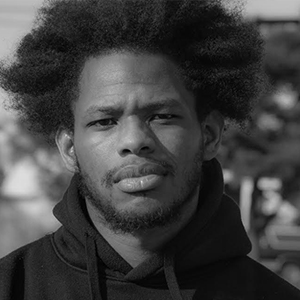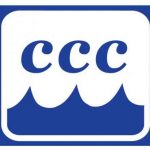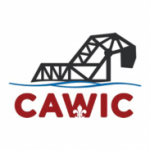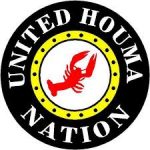REFUGE
(2018, dir. Katie Mathews)
Phan Plork emigrated to Buras, Louisiana, in the early 1980s to escape the brutal regime of the Khmer Rouge. He now is part of a vibrant community of over 30 families of Cambodian descent who make their living fishing along the coast in Plaquemines Parish. But as the State of Louisiana seeks to meet the crisis of subsidence by building freshwater diversions, fishermen like Phan are at risk of losing their livelihood as the salinity of the water changes and certain species of fish become scarce. For Cambodian and Vietnamese communities along the coast, they face a prospect of being refugees twice in one lifetime. In the face of this emergent threat, Phan is building his third and biggest boat, Christian Girl, to take him out farther, into deeper waters that won’t be affected by changing salinity. As he looks to the future, Phan wonders if his personal resilience will be enough to see his family, home and livelihood through.





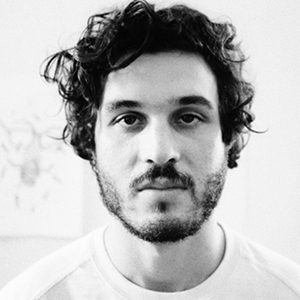
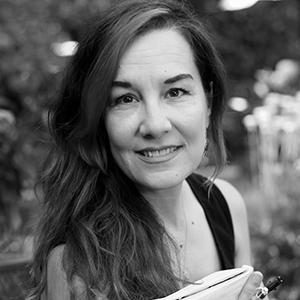
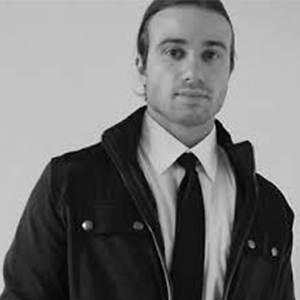 Alexander Glustrom
Alexander Glustrom
